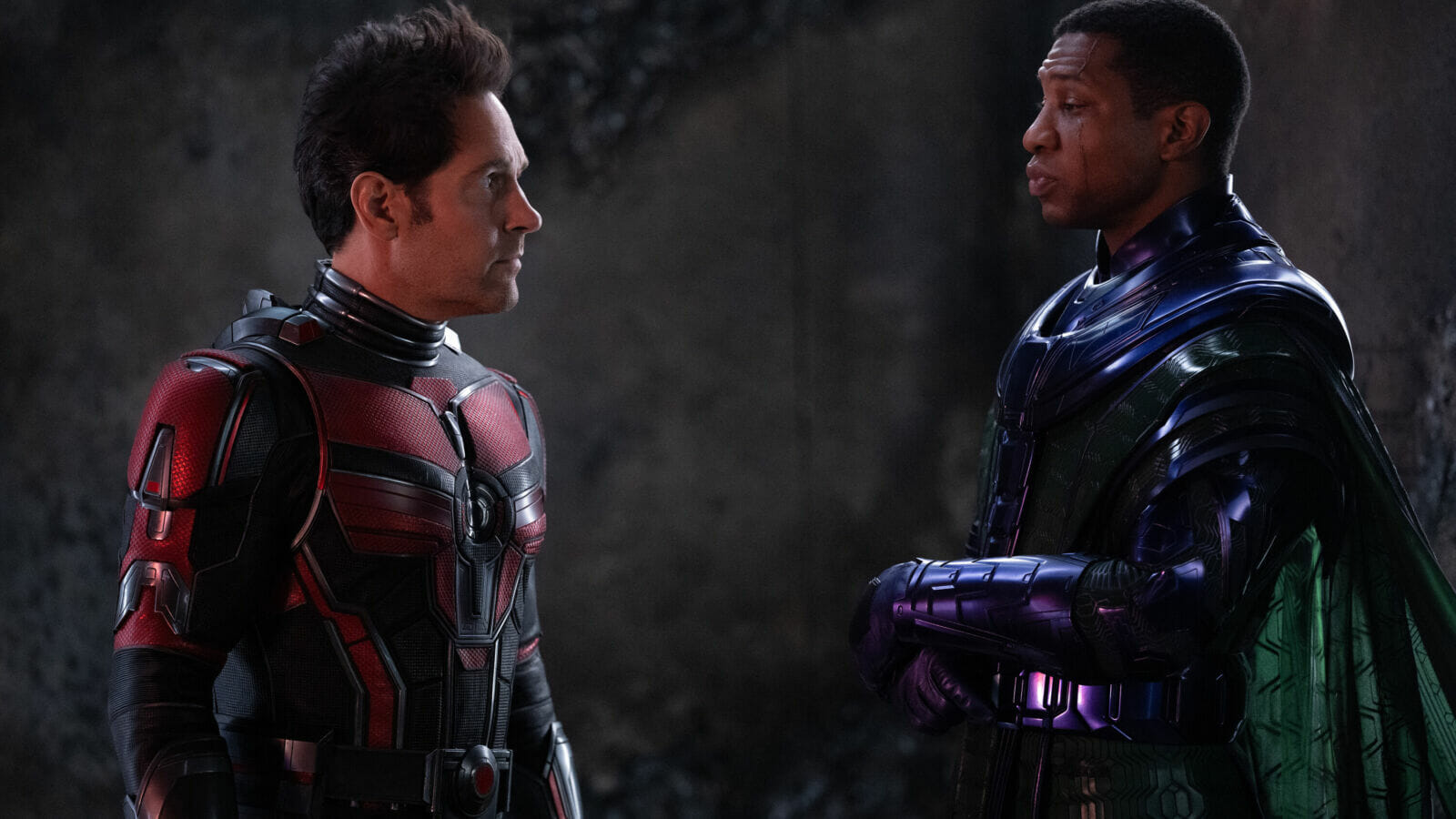The original Ant-Man and the Wasp remains one of the MCU’s finer offerings—a madcap, mostly standalone romp with a big heart on its sleeve, it was a decently fun reprieve from the mass of properties and plot that Marvel Studios had been accumulating. But for Quantumania, director Peyton Reed wants to molt Ant-Man’s reputation for standalone fun, as he divulged to Entertainment Weekly: “For this third one, I said, ‘I don’t want to be the palate cleanser anymore. I want to be the big Avengers movie.’” So, with that mission in mind, he lowered Quantumania to the status of plot vehicle for the industry’s most anodyne, aimless saga.
READ ALSO: Read all of Ryan Bordow’s movie reviews here
READ ALSO: Here’s how Arizona film incentives could attract filmmakers
To Kevin Feige and shareholders, “plot” is but scaffolding for the MCU’s continued existence, and Quantumania—our introduction to MCU Phase 5—has plenty of it. The film follows Ant-Man (Paul Rudd), old Ant-Man (Michael Douglas), the old and new Wasps (Michelle Pfeiffer and Evangeline Lilly), and daughter of Ant-Man (Kathryn Newton) as they’re sucked into the quantum realm, where Phase 5’s overarching villain Kang the Conqueror (Jonathan Majors) is introduced, which further sets up the still-looming peril of the multiverse, which raises the stakes for movies years down the line. Does all that plot make for a good story? No.
It takes a full hour for the characters to have a clear enough goal, a specific enough adversary, and compelling enough motives for an ounce of narrative momentum. Until then, they just traipse around a VFX wasteland repeating “we should find out what’s going on!” and “there’s something I should tell you (but not yet)” until the film has dribbled enough backstory and cameos down our throats to elucidate a conflict behind the scenes. It’s the script’s protracted distraction from having to do anything of substance—an hour of table-setting for an actual inciting incident. The humor and character dynamics are meant to mitigate the meandering, but the humor—all “well aren’t we in a wacky movie” hyuckery—hits like The Big Bang Theory without a laugh track, and the family dynamics barely exceed “they don’t want their loved ones to get hurt,” which obviously isn’t challenged in the slightest. A script reader would’ve thrown this out after ten pages.
Even when the stakes sink in, we get another vague, all-consuming danger to countless worlds we haven’t seen—a promise that the multiverse saga will be real dramatic, just like Loki and No Way Home and Doctor Strange 2 promised before. I’m sure Avengers 6 will deliver on that while it’s setting up Phase 7. As the scale of the MCU expands, its stakes grow more abstract, and the character-driven stories that used to serve as its foundation vanish into the simulacrum. What remain are too-easy resolutions won by empty speechifying on the way to the next thing. In nearly every conceivable measure, Quantumania fails as an Ant-Man tale.
On the visual end, the film renews the MCU trend of one killer VFX sequence breaking up hours of crude CGI, but even the standout sequence looks cheap, largely because Marvel still struggles to merge digital effects with the human body when it’s not covered by a nanosuit. And aside from a handful of zany creature designs, the quantum realm looks procedurally generated: swirls of bright colors looping in the sky and suffocating CGI growths crowding the frame. After two hours, I longed desperately for at least a green-screen blue sky. Only MODOK, a floating head blown up to silly size, looks so bad it’s good. Funny, even.
The only real standout is Jonathan Majors, who embarrasses everyone else involved with a conspicuously strong performance. His Kang is terrifying and tragic and an utterly dominant screen presence. In a movie where most everyone is phoning it in, his gravitas is almost distracting. He singlehandedly sells the future of the MCU: if the franchise can match his dramatic heft with better writing, there’s still some hope to be had.
The other rare highs for this new MCU low are the ants—like, the insects—which are hilariously still integral to Ant-Man even at a subatomic level. Marvel can throw all the strange realms they can at us, but the age when a talking raccoon broke the mold was nine years ago—to surprise us now, a little farcical simplicity goes a long way. It’s unlikely the MCU will learn that lesson, what with the multiverse at risk and a big villain on the docket, so enjoy it while you can. First Ant-Man was the palate cleanser, now it’s just the ants; soon all that’s left will be a vat of corporate sludge.
½ (0.5/5)




